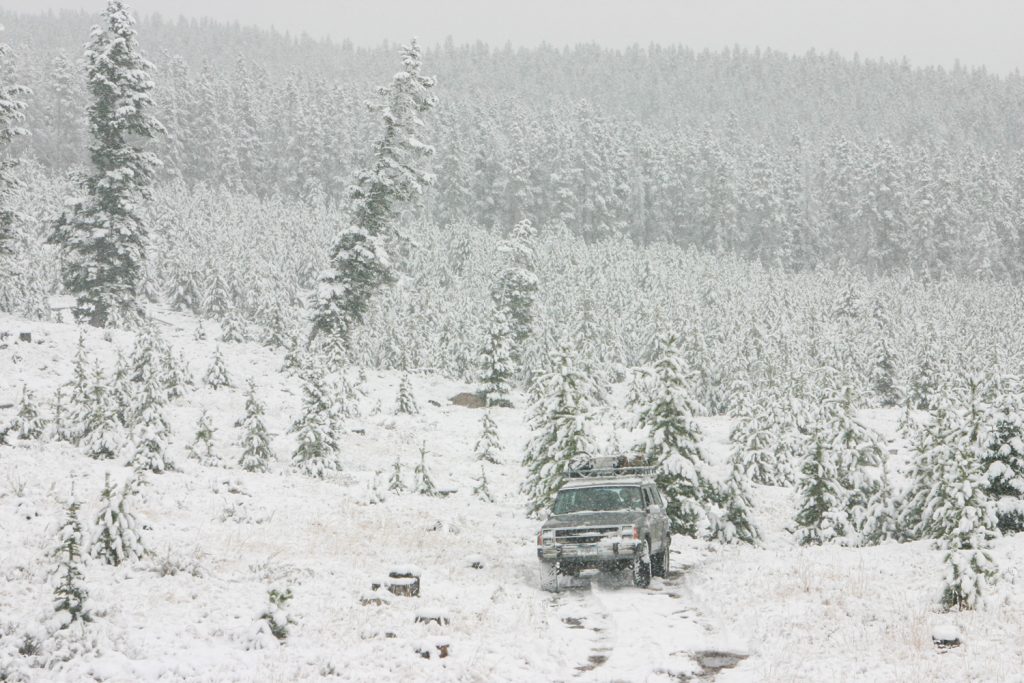Hunt Camp Considerations
Hunt camp, regardless of the season, needs to be carefully planned. You can primitive camp on many federal lands, but whether you pull off in the forest or pay for an assigned camping site, run through these considerations to ensure your location contributes to a successful hunt.
CAN IT WEATHER THE WEATHER
Weather, especially in transition periods like fall and spring, can be wide ranging. Your campsite must withstand the weather. Typically, officials assess areas to ensure they are away from floodplains, accessible by good roads, sheltered from high winds and maintained to minimize problems, such as dead timber that could blow down.
If you avoid an established campground, these and more evaluations are your responsibility. An offseason visit to the site can help you identify potential safety hazards.
Whether you do an onsite or virtual evaluation, keep in mind the time of year you will be using the area. What happens in July is different than what may occur during a November deer hunt. Snow, heavy rain and varying temperatures are among factors that can change overnight. A camping area may have accessible roads during summer, but become snowed in or too muddy for use in the fall. Every year Western hunters are caught unexpectedly in early snowstorms and must abandon camp.

NEARNESS TO NECESSITIES
When you camp, being self sufficient is a necessity. Nevertheless, it is still a good idea to research where you can restock. The first important item is a water source. Many conventional campgrounds have water sources onsite, but primitive campgrounds likely are lacking. Can you filter water from a nearby source, or will you need to restock at the nearest community? Other necessities include electrical sources, especially for recharging smartphones and camp lighting. A generator is always a good resource. An outhouse is also a bonus, but you may need to dig your own based on land management rules.
A major confirmation is the reliability of smartphone connectivity. If you cannot find cellular access, you need to see how far away the nearest high point or town is for a connection to the outside world. Driving to town to determine how long it takes is always wise because oftentimes you will need to visit it for ice, food, fuel and other restocking needs during your hunt. At the same time, check the driving distance to popular hunting areas. Long morning drives quickly burn out hunters already short on sleep.
CAMPING CONGESTION
During your campsite reconnaissance, it is a good idea to research the camp congestion of an area. You may arrive and all campsites are gone or there are so many hunters in the region that hunting is poor. Reach out to local campground managers, conservation officers, community tourism bureaus and other local sources on the popularity of an area.
Spending a long weekend at your proposed campsite or researching it online at home is an advisable activity to ensure you have chosen correctly for your campout.
CONNECT WITH US
National Wild Turkey Federation
770 Augusta Road, Edgefield, SC 29824
(800) 843-6983
National Wild Turkey Federation. All rights reserved.
